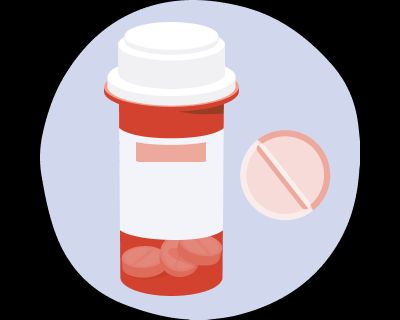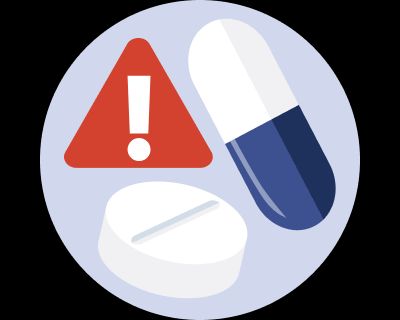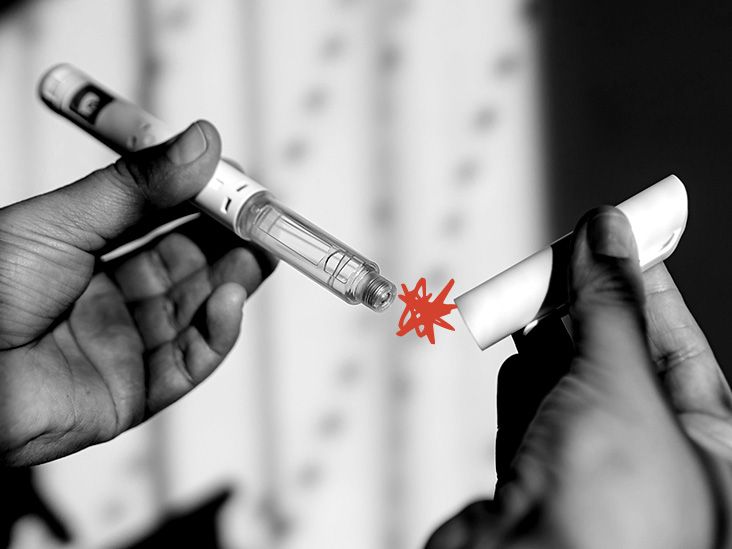Farxiga (dapagliflozin) is a prescription, brand-name medication. The Food and Drug Administration (FDA) has approved Farxiga for uses in certain adults. These uses include:
- improving blood sugar levels in type 2 diabetes
- reducing risks from chronic kidney disease, including kidney disease that worsens, end stage renal disease, and a hospital stay due to heart failure
- reducing risk of hospitalization for heart failure in certain adults who have type 2 diabetes, heart failure, or chronic kidney disease
- reducing risk of death from a cardiovascular problem in certain adults with heart failure or chronic kidney disease
Farxiga comes as an oral tablet. It contains the active drug dapagliflozin. It’s classified as a sodium-glucose cotransporter 2 (SGLT2) inhibitor. Farxiga isn’t currently available in generic form.
For information on the dosage of Farxiga, including its form, strengths, and how to take the drug, keep reading. For a comprehensive look at Farxiga, see this article.
This article describes typical dosages for Farxiga provided by the drug’s manufacturer. When taking Farxiga, always follow the dosage instructions prescribed by your doctor.
See below for information about common Farxiga dosages for heart failure, type 2 diabetes, or chronic kidney disease in adults.
Farxiga form
Farxiga comes as oral tablets.
Farxiga strengths
Farxiga tablets are available in two strengths: 5 milligrams (mg) and 10 mg.
Typical dosages
The following information describes dosages that are commonly used or recommended. However, be sure to take the dosage your doctor prescribes for you. Your doctor will determine the best dosage to fit your needs.
Dosage for reducing risks from heart failure
Farxiga is approved to reduce certain risks from heart failure. The recommended dosage for this use is 10 mg once per day. This is the maximum dosage of Farxiga.
Dosage for treating type 2 diabetes
To lower blood sugar levels for type 2 diabetes, the typical starting dosage of Farxiga is 5 mg once daily. Your doctor will likely increase your dose to 10 mg if your blood sugar levels have not decreased enough. The highest dosage of Farxiga recommended is 10 mg once daily.
Your doctor may adjust your dosage over time to reach the amount that’s right for you. They’ll ultimately prescribe the lowest dosage that provides the desired effect.
Dosage for reducing risks from chronic kidney disease
Farxiga is approved to reduce certain risks from chronic kidney disease. The typical Farxiga dosage for this use is 10 mg once daily. This is the maximum recommended dosage.
If you have poor kidney function, talk with your doctor before taking Farxiga. Your doctor will test how well your kidneys are working to see if Farxiga is right for you.
Note: Farxiga is not approved to treat type 1 diabetes. Doctors will typically not prescribe Farxiga if you have chronic kidney disease and polycystic kidney disease. Additionally, they will not typically prescribe this drug if you’ve recently had kidney disease treatment that weakens your immune system.
Children’s dosage
Farxiga is not approved for use in children.
Long-term use
Farxiga is meant to be used as a long-term treatment. If you and your doctor determine that Farxiga is safe and effective for you, you’ll likely take it long term.
The Farxiga dosage your doctor prescribes will depend on several factors. These include:
- the type and severity of the condition you’re using Farxiga to treat
- how your condition responds to treatment with Farxiga
Other medical conditions you have can also affect your Farxiga dosage.
Dosage adjustments
Your doctor or pharmacist can provide information or answer questions you may have about kidney disease and Farxiga dose adjustments.
Discover more about Farxiga
You should take Farxiga according to the instructions your doctor gives you.
Farxiga comes as oral tablets that you swallow. You may take your dose with or without food.
If you miss a dose of Farxiga, take it as soon as you remember. If it’s almost time for your next dose, skip the missed dose and take one dose. You should not take two doses of Farxiga at once to make up for the missed dose.
To help make sure that you don’t miss a dose, try using a medication reminder. This can include setting an alarm or using a timer. You could also download a reminder app on your phone.
It’s important that you don’t take more Farxiga than your doctor prescribes. For some medications, taking more than the recommended amount may lead to side effects or overdose.
If you take more than the recommended amount of Farxiga
Call your doctor right away if you believe you’ve taken too much of Farxiga. Another option is to call the American Association of Poison Control Centers at 800-222-1222 or use its online tool. If you have severe symptoms, immediately call 911 or your local emergency number, or go to the nearest emergency room.
The dosages in this article are typical dosages provided by the drug manufacturer. If your doctor recommends Farxiga for you, they’ll prescribe the dosage that’s right for you. Always follow the dosage that your doctor prescribes for you.
As with any drug, never change your dosage of Farxiga without your doctor’s recommendation. If you have questions about the dosage of Farxiga that’s right for you, talk with your doctor.
Besides learning about dosage, you may want other information about Farxiga. These additional articles might be helpful to you:
- More about Farxiga. For information about other aspects of Farxiga, refer to this article.
- Side effects. To learn about side effects of Farxiga, see this article. You can also refer to the drug’s prescribing information.
- Drug comparison. To find out how Farxiga compares with Jardiance, read this article.
- Details about your condition. For details about diabetes, see our diabetes hub as well as this list of related articles. For details about heart failure, our heart health hub might be helpful, as well as these related articles.
Disclaimer: Medical News Today has made every effort to make certain that all information is factually correct, comprehensive, and up to date. However, this article should not be used as a substitute for the knowledge and expertise of a licensed healthcare professional. You should always consult your doctor or another healthcare professional before taking any medication. The drug information contained herein is subject to change and is not intended to cover all possible uses, directions, precautions, warnings, drug interactions, allergic reactions, or adverse effects. The absence of warnings or other information for a given drug does not indicate that the drug or drug combination is safe, effective, or appropriate for all patients or all specific uses.






